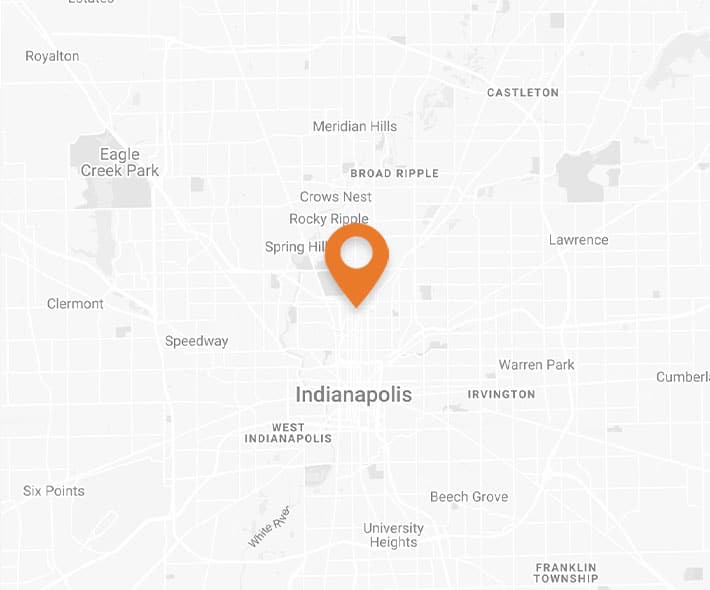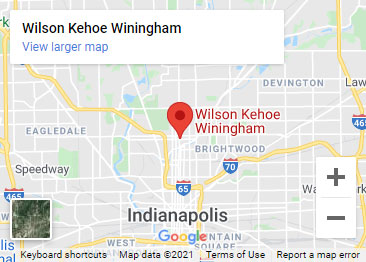Determining Fault in General Aviation Accidents
Updated February 27, 2019 | By Wilson Kehoe Winingham staff
Determining fault in general aviation accidents is often quite complex, requiring legal representation by attorneys who understand the world of aviation. Part of that complexity lies in the fact that the plaintiff is most often the family member of someone who may have died or been seriously injured in that crash—an accident in which the pilot may not have survived.
Factors Complicating General Aviation Accidents
Part of the complexity of general aviation disasters also lies in the myriad of factors that may have led to the accident.
Pilot Error
The most common of these complications involve piloting issues in which the flight was not planned properly (or prepared at all), a lack of fuel, stalling of the aircraft, or failure on the part of the pilot to handle a specific maneuver. Whether the pilot was current in their licensing and had proper medical clearance should also be examined.
Evidence Collection
General aviation usually involves smaller aircraft that do not have data or voice recording equipment installed. These accidents require an investigation into what happened before the aircraft crashed.
Data can be gathered from voice communications with air traffic control and by obtaining air traffic control’s record of the aircraft’s radar path (NTAP data). Collecting this data soon after a crash is crucial in piecing together the puzzle of what caused the crash. Voice and NTAP data is retained for a limited period of time. Thus, it is crucial that a potential plaintiff expediently seek legal counsel skilled in obtaining this evidence. National Transportation and Safety Board (NTSB) data can also be helpful in finding the cause of a crash. However, we advise against relying solely on the NTSB to find all causes related to a general aviation disaster.
Weather-Related Issues
Weather is another leading cause of aviation crashes. The National Center for Climatic Data (NCDC) archives weather data and is a valuable tool for analyzing what role weather played in an aircraft crash. Weather data is used to determine if the pilot or air traffic controller should have used alternative routes to avoid dangerous conditions.
Mechanical Defects
Mechanical defects in the aircraft can also lead to crashes. A detailed examination of aircraft wreckage is key to understanding if a problem existed with an aircraft engine or frame prior to the crash. Such a wreckage inspection if conducted with trained forensic aviation experts and and can take a considerable amount of time to find and examine potential defects.
Contact an Aviation Accident Attorney Today
Because resources helpful in determining fault can disappear if not requested early in the investigation process, the most important thing a potential aviation plaintiff can do is seek qualified counsel as soon as possible.
If you or a loved one have been injured as a result of an aviation accident, contact the Indianapolis Aviation Accident Attorneys of Wilson Kehoe Winingham. The lawyers at WKW can help you get the compensation you deserve. Call 317.920.6400 or fill out an online contact form for a free, no-obligation case evaluation.
Contact Us
Let WKW put our experience to work for you. Contact us for your free case evaluation.
Or, call us today at (317) 920-6400


